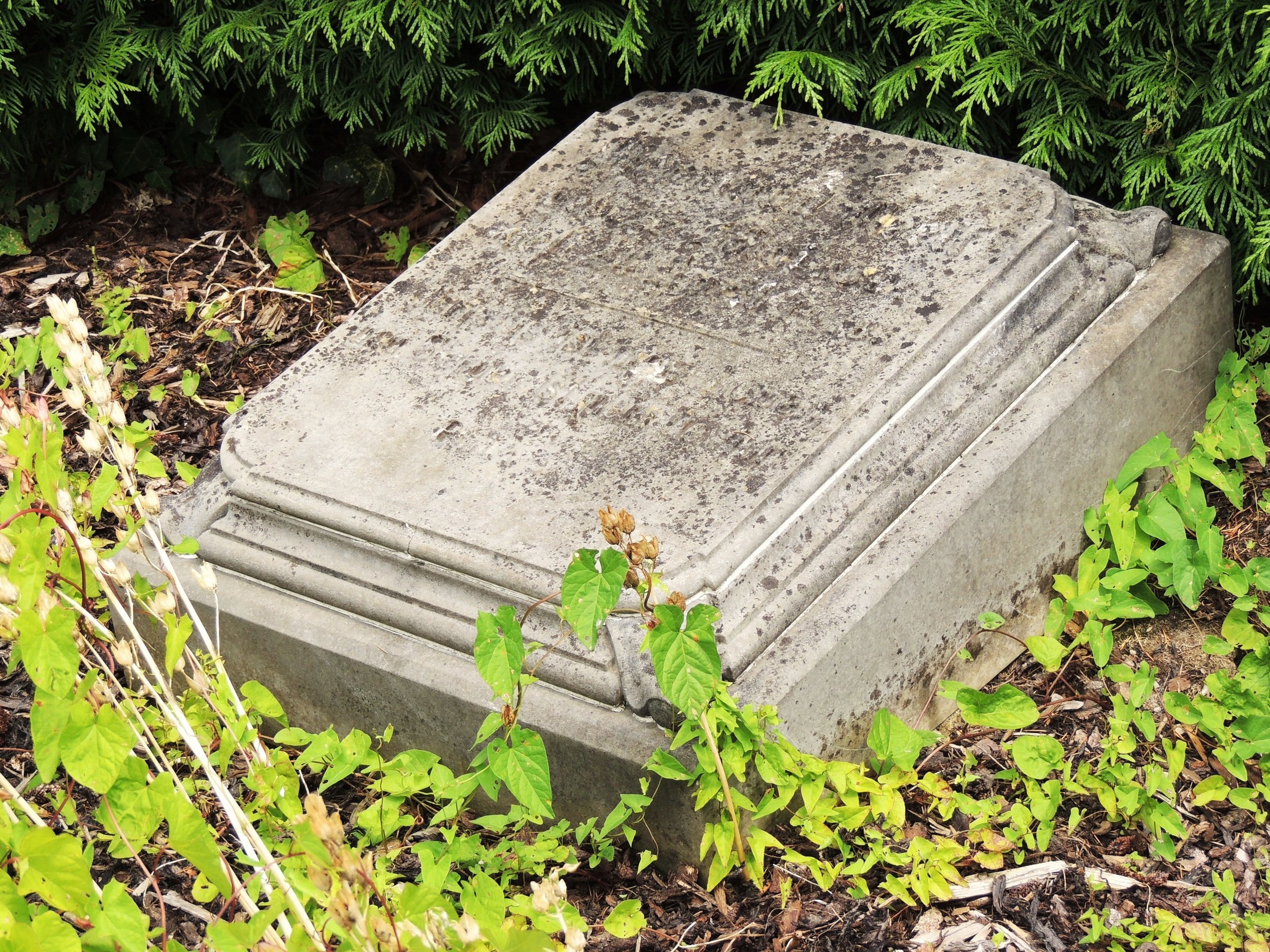As a service to our members, OMAG’s Risk Management Services Department has developed a series of articles addressing various challenges and issues municipal cemetery caretakers might face. Although tort claims generated from cemeteries aren’t at the top of the frequency or severity list, these types of claims don’t bode well for our public image and are most certainly preventable.
To our citizens, or customers, a cemetery serves two purposes, (1) the burial of loved ones and (2) a place where the living memorialize the dead. Cemeteries are scattered across the landscape and are found in almost all communities. In addition, many of our cemeteries predate statehood. Cemeteries and their symbols guide us into the past. Markers tell us not only about the individual who died, but the marker’s appearance and placement provides information about the society from which the individual departed. The symbols and text inscribed on markers contain important information for understanding the past. Consequently, cemeteries and markers are studied by art historians, folklorists, cultural geographers, archaeologists, anthropologists, genealogists, and historians. When cemeteries are ignored and allowed to deteriorate, and markers are damaged or destroyed, society loses important information about the past. Ultimately, an important part of ourselves is lost.
Maintenance and preservation of our cemeteries go hand in hand and are performed out of respect for those who are buried. Maintenance is simple, but may not be easy. Keeping the grass mowed, trees trimmed, and good lighting not only enhances the overall look of the cemetery to the general public but also discourages vandalism. Proper use of tools to keep cemeteries free of grass and limbs must be observed diligently in cemetery maintenance. Power mowers and weed eaters, when carelessly used, have and can still scar and break tombstones, especially old ones since they are usually made of softer stone. So, to minimize damage to old stones, grass near these stones should be pulled by hand. When power mowers and weed eaters are used guards should be in place to deflect any debris that is being thrown that may cause damage to the stones. When mowing, it is best to use a mulching mower when possible since there is not an outward discarding of debris. Any cracked or broken stone should be addressed immediately so to minimize further damage to the stone.
Lighting is also essential to maintain security in a cemetery. Lights should be checked regularly
and changed if needed. Good lighting reduces the chance of vandalism. It is cheaper to change a
bulb than repair vandalized stones. A well-lit cemetery draws the public to keep an eye on the
cemetery which deters vandalism. A regular check of the cemetery is also essential. Look for stones that have cracked, been damaged or destroyed, and address the defects as soon as possible. Also, check fences for needed repairs and vandalism.
Day-to-day, periodic, and long-term maintenance are essential components of a long-term plan to ensure the continued preservation of any cemetery. The establishment of a continuous maintenance program is the most effective preservation activity that can be performed by a municipality. A well-kept cemetery will discourage unwanted behavior within your site. A plan that includes maintenance, landscaping, training, and funding of a permanent work force will help preserve your cemetery.
Look for future articles, publications, and training events that will assist you in maintaining and managing your municipal cemetery.


